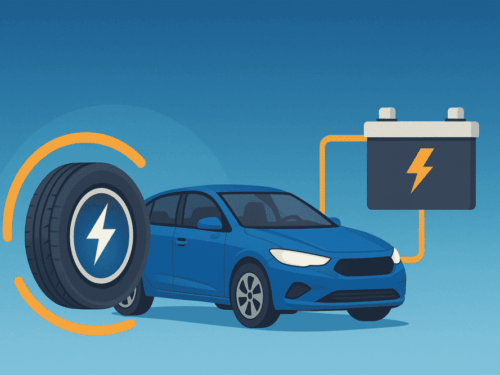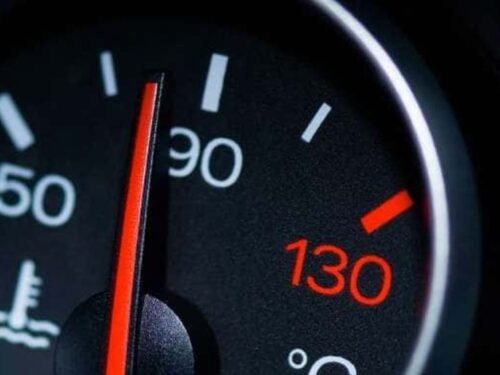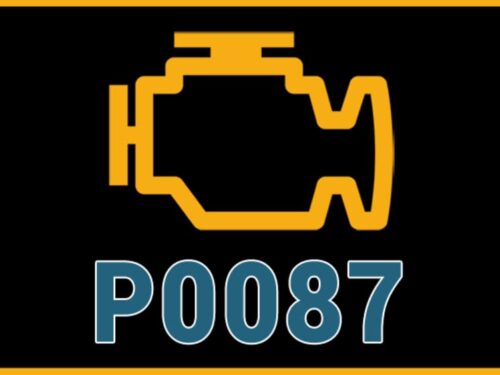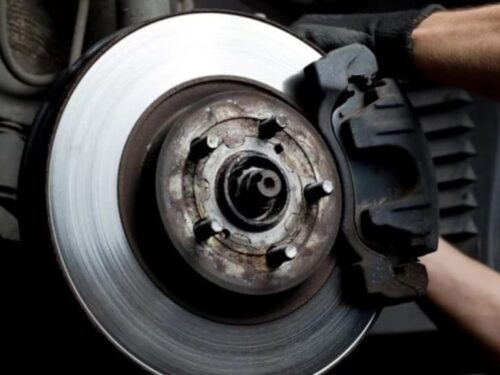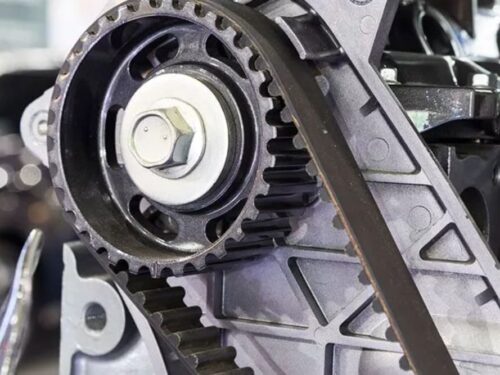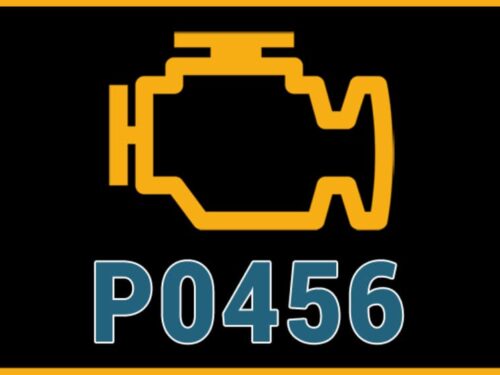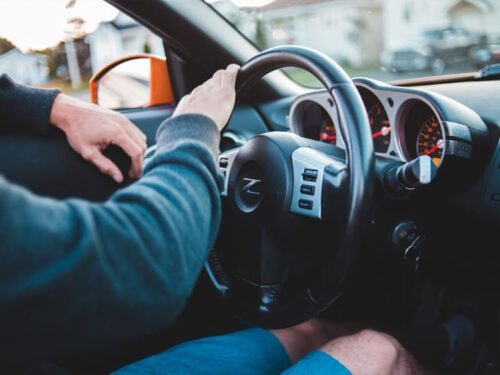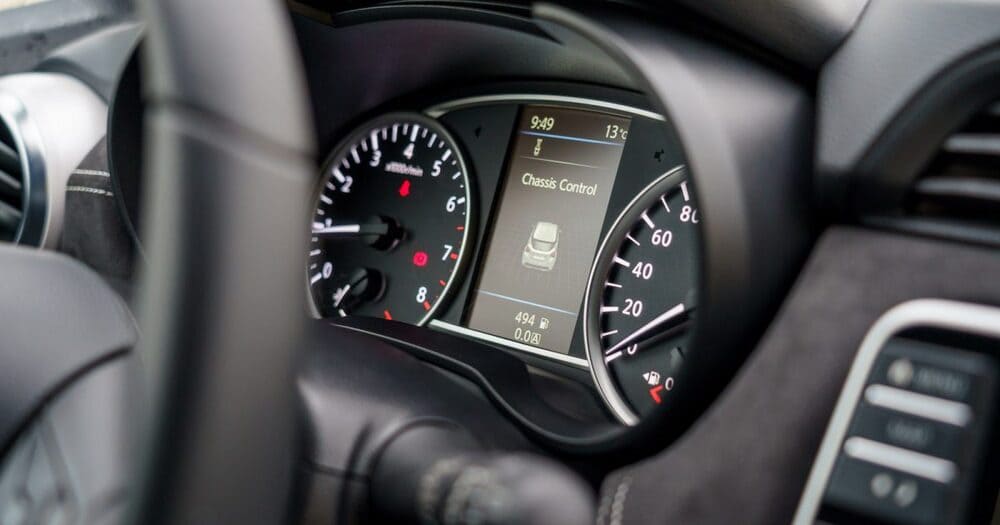
You’ve just started your car, and while it idles in the driveway, the engine shakes and rumbles. Something feels off, but what’s the problem? In short, this common symptom you’re experiencing is a “rough idle.”
A rough idle can be an indicator of several issues, and there are several ways to know if your idle isn’t right. A car that’s having idling problems will show several symptoms, including:
- Bouncing or shaking during idle
- Inconsistent/jumping RPMs
- Skipping/shaking sounds
- Idling below 600 RPMs
Suspect you have a rough idling car? You’re probably wondering what might be causing this issue. The truth is there are many different reasons, some more serious than others. Ultimately, though, if your car shakes while idling, feels bouncy, or the RPMs are inconsistent, take your car to a mechanic for a closer look.
MY CAR SHUTTERS WHEN I TURN IT ON
When your vehicle is in park, or your foot is on the brake, it idles at a consistent speed. This rotational speed allows the engine to generate enough power to operate vital components without turning off.
The idle speed should feel consistent without skipping or slipping. In most of today’s cars, an idle speed of 600 to 1000 RPMs is average. If your car is idling rough, though, it won’t feel smooth. The RPMs will jump up and down, for example, or they’ll fall below 600 RPM (or whatever is typical for your vehicle).
Rough idle is easy to detect when you start your vehicle, and it may be dependent on the engine temperature when you start your car. A cold-start rough idle, for example, may be caused for different reasons than a vehicle that idles rough only when the engine’s hot.
In other words, take note of when your vehicle shakes during idle, as well as any sounds. This can help your mechanic identify the problem.
POSSIBLE REASONS WHY THE CAR IS IDLING ROUGH
A long list of systems, components and electronics can cause a rough idle. That makes diagnosing the root cause challenge, especially if you aren’t sure where to look. That’s why it’s recommended to see an experienced mechanic if your car idles roughly.
Ultimately, everything from the ignition and fuel injection systems, to valves and pistons can cause a rough idle. A few of the most common components include:
- Dirty/Faulty Fuel Injectors – Fuel injection systems play an essential role in starting your vehicle. The system injects fuel and air into the cylinders. If clogged or gummed up, the injectors don’t provide the right mix of fuel and air, resulting in a rough idle or slow acceleration.
What to Look For: A rough, inconsistent start, bouncy idle and a lack of power when accelerating.
- Wrong Idle Speed – Most cars have a proper idle speed, usually between 600 and 1000 RPMs. Idle car speed can change due to wear and tear. Fortunately, an adequate tune-up can restore the correct idle speed.
What to Look For: Idle RPMs will usually drop below 600 RPM or whatever is typical for your vehicle. The idle speed feels slower than usual.
- Faulty Fuel Pump – The fuel pump sends gasoline from the tank to the injection system. Over time, the pump can fail due to wear and tear or become clogged. As a result, the engine doesn’t receive enough fuel.
What to Look For: A bad fuel pump can cause difficulty when starting the vehicle, a rough idle, and stalling.
- Clogged Fuel Filter – The fuel filter filters the contaminants from gasoline. Over time it can become clogged, which slows the flow of fuel. In turn, the engine doesn’t receive enough fuel.
What to Look For: In addition to rough idle, random misfires, difficulty starting, and a car that won’t start are common symptoms.
- Faulty Engine Temperature Sensor – Cars require different fuel mixtures depending on the engine’s temperature. A cold-start requires a richer mixture, for example. When the temperature sensor fails, the fuel injection system thinks the car is warmer than it is, which can result in the wrong mixture being used.
What to Look For: A lousy temperature sensor results in rough idle during cold starts. Once warm, the problem may be less noticeable.
- Faulty Airflow Sensor – Like the temperature sensor, the airflow sensor helps your car know how much fuel to use, based on the amount of air in the engine. When this sensor fails, the vehicle’s computer can’t correctly calibrate the right mixture of fuel to air.
What to Look For: Rough idle is one of the first symptoms to appear, followed by sputtering on acceleration or even stalling, as the problem worsens.
- Vacuum Leak – Your car sucks in a lot of air, and it’s able to do that thanks to a vacuum in the intake manifold. A leak in this system harms performance, as your vehicle can’t regulate the right mix of air to fuel.
What to Look For: Rough idle, slow acceleration, sputtering or a lack of power on acceleration are all symptoms of a leak in the vacuum system.
- Faulty EGR Valve – The EGR valve is responsible for recirculating exhaust fumes back into the combustion system. Over time, this valve can become stuck open or closed, and performance issues, including rough idle, are the most common systems.
What to Look For: In addition to rough idle, reduced fuel economy, knocking noises, and slow acceleration may also be present.
- Failing Spark Plugs – The spark plugs create the spark that ignites the fuel in the engine. Faulty spark plugs, therefore, struggle to ignite the fuel, causing rough idle and difficulty starting.
What to Look For: Your car may struggle to turn over and will idle rough once it does.
WHEN IS IT TIME TO GO TO A MECHANIC?
A rough idle can be annoying, but it shouldn’t be ignored. This is often one of the first symptoms of a deeper problem. So when should you take it in for diagnostics?
If the car idles roughly consistently, it’s time to bring it into the mechanic. Also, if you’re noticing other symptoms in addition to a rough idle, you might have more severe problems. Some related symptoms to watch for include:
- Slow acceleration
- Reduced fuel economy
- Sputtering or a lack of power
- Difficulty starting your vehicle
- Engine stalling
Bottom line, a rough idle is often a sign of something wrong going on with your car. In most cases, if you’ve experienced this symptom more than once, it’s best to have your car inspected to find the underlying problem.
Courtesy of hollenshades

